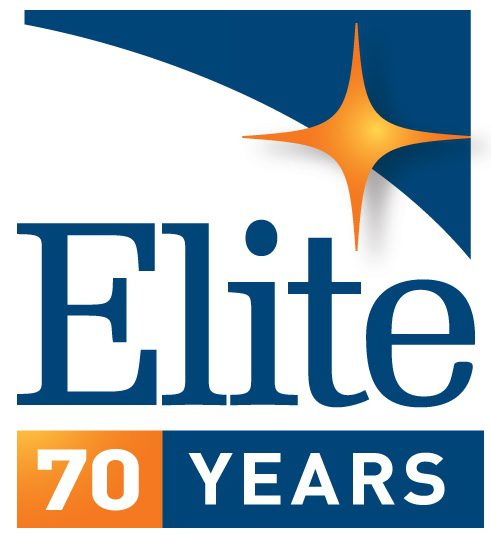With the deadline for compliance with the Radio Equipment Directive (RED) coming on June 13th, 2017, manufacturers of wireless transmitters should be preparing their CE Marking conformity assessment files now to reflect the requirements in the RED.
Here’s a quick summary of steps to take to ensure your continuing compliance:
1. Determine if your product falls within the scope of the Radio Equipment Directive (RED).
If your product includes broadcast receivers such as FM or TV tuners then you will now need to comply with the Radio Equipment Directive. Remember that all products under the scope of the RED, including FM or TV tuners, will need to comply with requirements for Effective Use of Spectrum along with EMC and Low Voltage Directive essential requirements, with no voltage limit applying. Line-connected Telephone Terminal Equipment is now in the EMC Directive.
Marine, aerospace, and military radio and receiver applications may not fall under the RED but check your specific application to confirm which directives apply.
Also, products that have traditionally been only required to meet the EMC, LVD, or MSD directives which now include a modular wireless device will fall under the RED.
2. Identify the harmonized standards that apply to your device.
Review the Radio Equipment Directive Official Journal for updates on the suitable harmonized standards to apply. Most radio transmitter standards can be downloaded from www.ETSI.org.
3. Determine if newly published standards have additional requirements and address gaps in compliance.
If the harmonized standard for your device does not appear in the OJ, then review the Work Program for an approximate publish date. Based on this information a manufacturer can determine if a harmonized standard can be applied for a self-declaration or if the conformity assessment will need to be a type of approval.
4. Confirm that you have addressed EMC essential requirements.
In addition to RED EMC standards such as EN 301 489, you may also need to apply application-specific standards, such as EN 61326, EN 13308, or others. Review the EMC Directive Official Journal for applicable standards.
5. Confirm that you have addressed LVD essential requirements including RF hazards.
The LVD harmonized standard should be applied to assess electrical safety essential requirements. Commonly applied standards include EN 60950-1 for ITE and transmitters as well as EN 61010-1 for instrumentation and controls. Also, manufacturers need to comply with RF hazard requirements such as EN 62311 or others applicable to the product and application. Review the LVD Official Journal for applicable standards.
6. Ensure all labeling and traceability requirements are met.
One of the more significant changes to the RED is to include product traceability requirements. This means that manufacturers will need to include a model, batch, or serial number on their products and note it on their Declaration of Conformity.
7. List any restrictions for use or authorization requirements.
If the use of the wireless device comes with restrictions or if the device is required to be operated with a license, then it is necessary to notify end users appropriately with a pictogram label and other instructions. Review the Elite Blog on notification for RED restrictions or authorized use.
8. Review and update your Declaration of Conformity (DoC).
Update your Declaration of Conformity so it accurately reflects all the directives that apply and references the harmonized standards that were used to provide the presumption of conformity.
9. Create or update your Technical File.
Manufacturers are required to maintain a technical file for 10 years after the product was placed in the European market. Review Annex V of the directive for the scope of information required to be included in a technical file.
We recommend that wireless device manufacturers who incorporate “radio modules” in their products that have the Article 3.2 Effective Use of Spectrum testing performed by the radio module OEM, request a copy of the actual compliance report from the module OEM and include it in their technical file.
10. Self-Declare or Type-Approval
If a harmonized standard is published in the RED Official Journal and that standard is used to demonstrate compliance with the RED then a manufacturer or importer can self-declare compliance with the RED – see Annex II.
However, if a manufacturer does not apply a RED harmonized standard in full then the self-declaration process is not suitable and the conformity assessment options are Type-Approval certificate as described in Annex III of the Directive, or the Annex IV full quality assurance process.
For more information on these steps or the RED compliance process, contact Steve Laya or Dan Crowder at Elite.
Steve Laya 630-495-9770 x 119
Dan Crowder 630-495-9770 x 101
Labels: Radio Equipment Directive (RED)







































